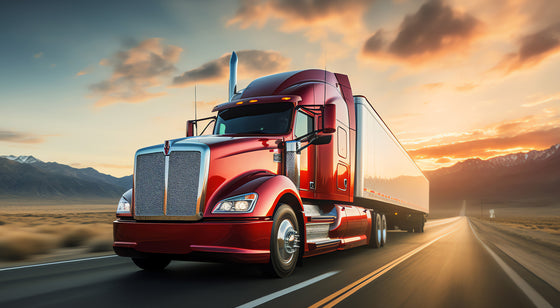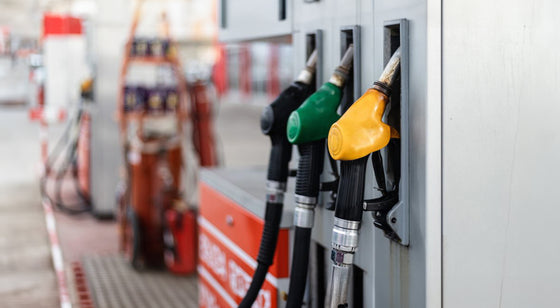
Renewable natural gas (RNG), often touted as a bridge fuel in the transition to renewables, has garnered significant attention in recent years. But with this rising popularity comes a crucial question: is RNG truly carbon neutral? The answer, unfortunately, is not a simple yes or no. Buckle up, as we delve into the intricate world of RNG, exploring its potential, limitations, and the ongoing debate surrounding its carbon footprint.
Think of RNG as natural gas with a green twist. It's produced by capturing methane emissions from decomposing organic matter, like food scraps, farm waste, and wastewater treatment facilities. This captured methane, the primary component of natural gas, is then processed and purified to meet pipeline standards. Unlike conventional natural gas, which releases carbon trapped millions of years ago, RNG boasts a shorter carbon cycle. The plants or waste materials used to create it absorb carbon from the atmosphere during their growth or decomposition, theoretically negating the emissions released when it's burned.
On paper, RNG seems like a climate hero. It reduces reliance on fossil fuels, harnesses waste, and boasts a potentially carbon-neutral lifecycle. However, the reality is nuanced. Here's where the plot thickens:
RNG has garnered attention as a potential bridge technology in the transition towards a fully renewable energy future. Its ability to leverage existing infrastructure for natural gas distribution makes it a readily deployable solution, offering quicker emission reductions than building entirely new renewable energy systems. By replacing conventional natural gas with RNG, we can significantly decrease greenhouse gas emissions, particularly methane, a potent short-term warming gas with 25 times the warming potential of carbon dioxide over a 100-year timeframe. While concerns exist regarding leakage during production and long-term impact, advancements in capture and processing technologies are constantly improving. RNG's ability to reduce methane emissions from sources like landfills and wastewater treatment facilities, while simultaneously offering a cleaner fuel source for power generation and transportation, makes it a valuable tool in the fight against climate change.
While RNG has the potential to be a valuable tool in the energy transition, it's crucial to approach it with caution and nuance. Here are some key takeaways:

The potential of RNG extends beyond stationary power generation, finding its way into the transportation sector through dual-fuel systems installed on school buses and Class 8 vehicles. These systems allow the vehicles to operate primarily on diesel, but seamlessly switch to RNG when available. This presents a compelling option, especially for fleets with access to reliable RNG sources like landfills or wastewater treatment facilities.
Replacing diesel with RNG on school buses translates to cleaner air for children and communities. Studies show significant reductions in nitrogen oxides, particulate matter, and even greenhouse gas emissions compared to traditional diesel buses. For Class 8 trucks, RNG can offer similar benefits, particularly attractive for reducing emissions in sensitive areas like ports or urban centers.
The initial cost of dual-fuel systems and RNG infrastructure is higher than conventional diesel counterparts. Additionally, the availability of RNG refueling stations remains limited, especially outside urban areas.
While not a perfect solution, RNG-powered dual-fuel systems offer a promising path towards cleaner transportation. For fleets with access to affordable RNG and dedicated routes, it can be a viable option. However, cost parity with diesel and wider infrastructure development are crucial for widespread adoption. Ultimately, the future of RNG in transportation relies on continued research, innovation, and strategic infrastructure investments. Until then, it remains a fascinating new technology with the potential to significantly improve air quality and reduce our reliance on fossil fuels, especially for short-haul applications like school buses, urban deliveries, and short-haul semi-trucks.
Renewable Natural Gas is a complex issue with no easy answers. By understanding its intricacies, limitations, and ongoing research, we can make informed decisions about its role in our energy future. Remember, the goal is not just carbon neutrality, but a truly sustainable and equitable energy system. Let's navigate this path with wisdom and a commitment to a cleaner, greener future.


